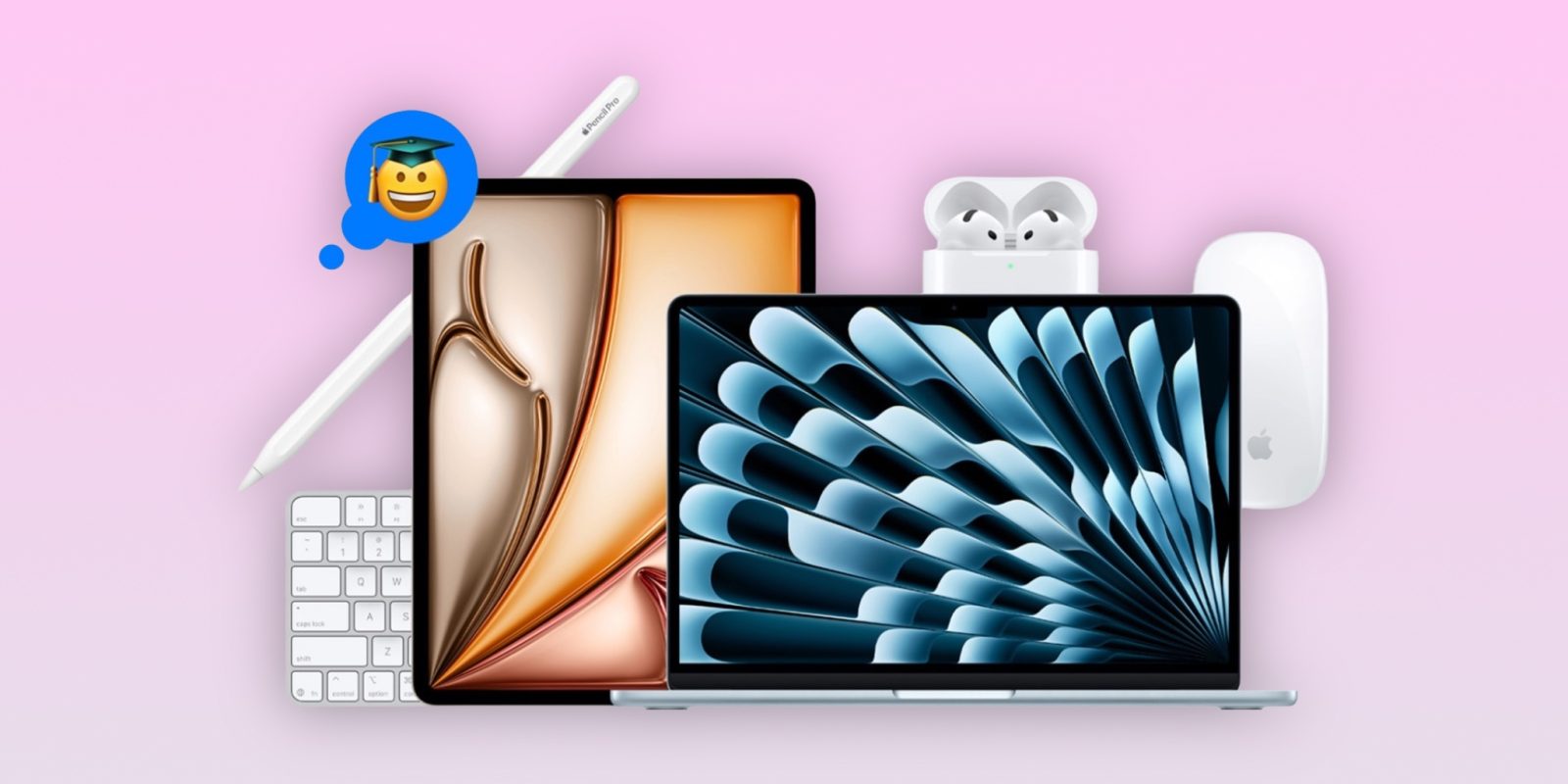In the ever-evolving world of technology, Apple has consistently been at the forefront of innovation. One of the persistent questions surrounding the company’s future product lineup is whether Apple will introduce a touchscreen Mac. While some tech enthusiasts eagerly anticipate such a development, others remain skeptical about its feasibility and practicality. This article explores the potential for a touchscreen Mac, examining the reasons it might not align with Apple’s current strategy and the alternative approach the company might take.
Historically, Apple has maintained clear distinctions between its product lines, with each device serving a specific purpose. The iPad, for example, has long been the go-to device for those seeking a touchscreen experience, while the Mac has been positioned as a powerful tool for productivity and creativity, relying on traditional input methods like keyboards and trackpads. This separation has allowed Apple to fine-tune each device category to best meet the needs of its user base.
Despite the clear demarcations, rumors about a touchscreen Mac have persisted for years. These rumors often gain traction following the release of new devices that blur the lines between Apple’s product categories. For example, the introduction of the iPad Pro, with its advanced capabilities and support for the Magic Keyboard, has led some to speculate that Apple intends to merge the Mac and iPad lines eventually. However, such a move would require overcoming significant technological and ergonomic challenges.
One of the primary obstacles to a touchscreen Mac is the issue of ergonomics. Traditional laptops and desktop computers are not designed for prolonged use with a touchscreen interface. The angle and position of a computer screen make it impractical for users to reach out and touch the display for extended periods, often referred to as the “gorilla arm” syndrome. This discomfort could lead to user fatigue and ultimately detract from the overall experience, something Apple is keen to avoid.
Moreover, Apple’s software ecosystem plays a critical role in this discussion. macOS, the operating system that powers Macs, is not optimized for touch input. While iOS and iPadOS are designed with touch interactions in mind, macOS has remained focused on keyboard and trackpad inputs, offering precision and control that is essential for many professional applications. Transitioning macOS to a touch-friendly interface would require a significant overhaul of the operating system, which could lead to compatibility issues with existing applications.
Instead of integrating touch capabilities into Macs, Apple might focus on enhancing the existing touch experience on the iPad, further blurring the lines between tablets and traditional computers. The iPad Pro already offers a robust alternative to the Mac for many users, particularly when paired with accessories like the Apple Pencil and Magic Keyboard. By continuing to improve the iPad’s productivity features and app ecosystem, Apple can address the needs of users who desire touch interaction without compromising the integrity of the Mac lineup.
Another potential direction for Apple could involve the development of hybrid devices that leverage the strengths of both the Mac and the iPad. Recent advancements in Apple’s silicon technology, particularly with the introduction of the M1 chip, have already demonstrated the company’s ability to optimize performance across different device types. A hybrid device could capitalize on this technology, offering users a seamless transition between touch and traditional input methods.
Apple’s recent product releases and patent filings suggest that the company is exploring various form factors and input methods, further fueling speculation about the future of touchscreen Macs. While a direct introduction of touchscreens to Macs seems unlikely in the immediate future, Apple’s commitment to innovation means that new possibilities remain open. Whether through enhancements to the iPad or the creation of entirely new device categories, Apple is poised to redefine the boundaries of its product ecosystem continually.
Ultimately, the decision to introduce a touchscreen Mac will depend on balancing user demand with Apple’s overarching design philosophy. As the company continues to evaluate how best to serve its diverse customer base, innovation will likely come in the form of incremental improvements and strategic product positioning rather than radical shifts. By focusing on refining its existing products and exploring new technologies, Apple can continue to lead the industry without compromising its core principles.



